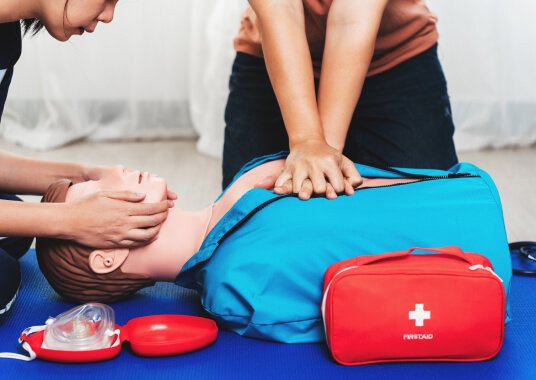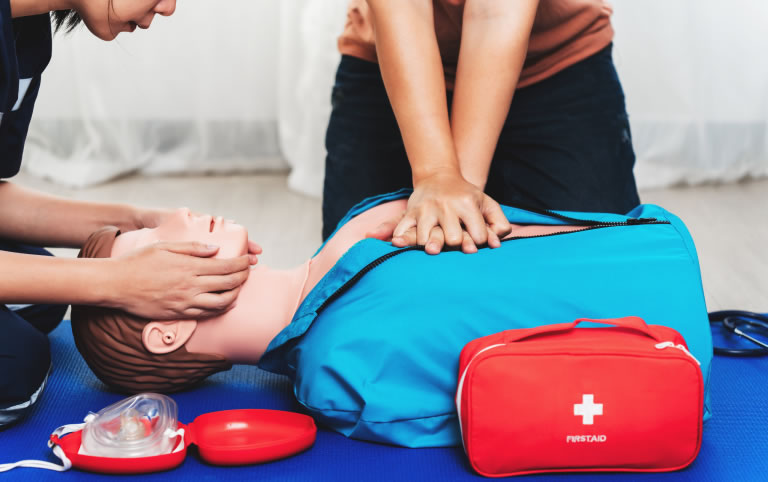CPR, First Aid, BLS, ACLS, PALS certifications.


Learn how to provide essential care before emergency responders arrive with our 100% Online First Aid Course. Receive instant certification valid for 2 years—plus unlimited quiz retakes.
$14.95 $24.90
| Chapters | CE Credits | Validity | Cost | Duration | ECC | Exam Attempts | Wallet Card |
|---|---|---|---|---|---|---|---|
| 13 | 2.0 | 2 Years | $14.95 | 1-2 Hrs | Compliant | Unlimited | Download/Print/Mail |
The brain and central nervous system control everything from movement and thought to involuntary functions like breathing and heart rate. Because they’re so connected to every part of the body, any injury or medical issue involving the nervous system can be serious—and fast, careful first aid is critical.

These emergencies may be triggered by:
Watch for signs such as:
Always check the scene for safety before you approach:
This chapter in your Online First Aid Course prepares you to act quickly and confidently during nervous system emergencies.